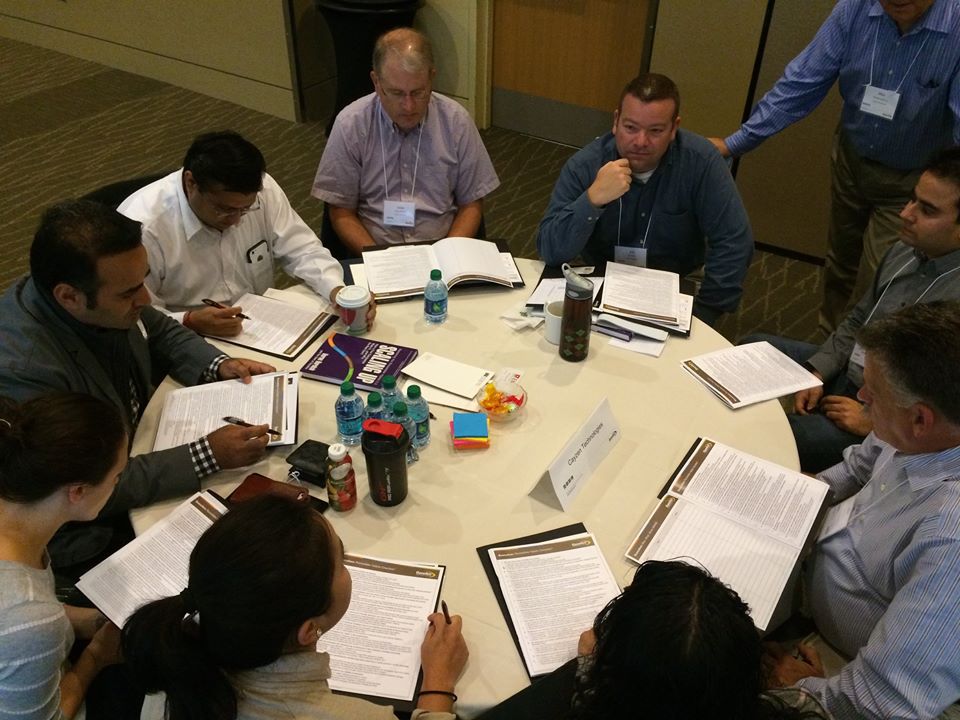What Are Six Useful Things For Hiking
A few things you should bring with you on a hike are food, water, a lightweight hammock, sanitizers, and a GPS device. These items include food, water and a lightweight hammock. By having these on you, you’ll be able to spend your time hiking in a much more enjoyable and safer way.

Hand sanitizer
Hand sanitizers are a simple way to maintain personal hygiene when out in the wilderness. They are convenient and easy-to-carry. However, they also have limitations. They can cause adverse effects if they are used in poor conditions.
Hand sanitizers cannot be used to kill biological contaminants. This is the most important fact to remember. They do not eliminate all germs but reduce harmful bacteria on your hands.
You should wash your hands well with soap and water. Alternately, you can go for a swim in the river to eliminate dirt and sweat. It is also helpful to hydrate your skin with water.
Many backcountry water resources are contaminated with foreign bacteria and other hikers. Additionally, germs can get into your eyes and mouth through your hands. After using the toilet, you should wash your hands.
Children who eat dirt and mud often need to have plenty of hand sanitizer. Children are more likely to rub their hands on dirt and leaves.
You can carry a hand sanitizer in your backpack or in your glove compartment. When using a hand sanitizer, you should apply it to all exposed surfaces of your hands. After this is done, let the sanitizer dry on your hands 30 seconds. It will kill 99.9% of viruses and harmful bacteria in that time.
Keep in mind that most hand sanitizers have use-by dates. These dates are used to indicate when the product will begin to lose effectiveness. If you’re on a hiking trip, make sure to keep your supplies on hand.
Lightweight hammock
A backpacker’s must-have is a lightweight hammock. These hammocks provide more space and flexibility. They can, however, be damaged easily. You should choose the best lightweight hammock for hiking.
There are several different types of hammocks, including ultralight and heavyweight models. Each hammock has its own set of unique features. A lightweight hammock is usually smaller than its heavier counterpart. For example, a lightweight hammock can weigh less than a grapefruit. But its weight does not necessarily indicate its performance.
If you are looking for a peaceful night’s rest, an ultralight hammock might not be the right choice. These hammocks can be as light as they are, but aren’t as sturdy as their heavier cousins.
If you are looking for a restful night’s sleep, a hammock with built-in bugs nets is the best option. These usually come as an option. This will help to keep you dry and provide you with protection from mosquitoes.
Hammocks can be bought with a rain flysheet. Some of these systems come with two layers of fabric for extra protection. These systems can be costly, but they are worth it if you camp in damp areas.
In terms of durability, you won’t get much better than the ENO Doublenest. It can accommodate up to 400 pounds. The hammock is made of high-quality 70D nylon taffeta. As a bonus, the company has a donation program that donates $10 for every hammock sold directly to the Appalachian Trail Conservancy.
The Kammok Mantis is another great option. The Kammok Mantis is easy to set up and has a knotless design. The carabiner is durable and the Kuhli raintarp is included.
Snacks
If you are a hiker, then you probably know the importance of snacking on your hike. While they’re not always healthy, they can be helpful in keeping you energized during a long day on the trail.
When you’re hiking, it’s easy for snacking to become a distraction. The good news is that you can pick up the best of both worlds by taking the time to pack the right snacks.
Pre-packaged energy bars can be purchased. They are often filled with granola or oats and topped with nuts and seeds. These are easy to take with you and don’t weigh much.
Nuts are an excellent source of healthy fats, protein, and fiber. Spreading nut-butter on crackers is an excellent way to feel full and retain your energy.
Trail mixes are often made up of nuts. These include dried fruits, nuts butter, and even leather. It is a good idea to add salt to your mixture.
You’ll need to keep your water bottles full, in addition to healthy snacks. Hydration is a natural process that occurs when your body sweats and heats up. It’s important to replenish your fluids as soon as possible.
You can also choose from pre-packaged pastries or fried potato chips as hiking snacks. Both are popular for their flavor, but neither are the healthiest.
Dry fruits make a healthy snack. Dates are high in potassium, and they’re easy to carry. These can be bought at most grocery chains.
Pretzels or other savory snacks can add some texture and flavor to your meals. This is especially useful for hot days when fresh fruit may not be as refreshing.
GPS device
If you are a hiking enthusiast, a GPS device can be a valuable addition to your gear. This device can help you find a location and also provide useful information like heart rate monitoring, barometricaltimeter readings and many other useful information.
Although GPS devices for hiking can be a great way of finding your way to your destination from afar, they can be very heavy. You should consider your requirements before you buy. You may be better off with a more lightweight model or a handheld GPS unit.
The best hiking GPS units will be sturdy and have a large touchscreen display. They also come with safety and convenience features to make it easy for you to navigate the trails. You will be able to see exact directions, so you won’t get lost.
A GPS handheld can be very useful when you are trekking, climbing, or just getting around town. You can see your route along with the direction you are heading.
In addition to mapping, the Garmin nuvi handheld GPS has several other useful features. The GPS has a built in barometric altimeter sensor that measures elevation and provides reliable readings.
The rugged nature of hiking GPS units is what makes them tough to handle. You can expect them to last many years if they’re properly maintained.
Make sure you ask questions about the manual and your specific hiking needs before purchasing your next GPS unit. Also, do some practice runs to ensure that the device works properly in a variety of settings.
You can rest assured that your hiking GPS unit will not slip even if you make minor mistakes. They are made to withstand accidental drops. This can lead to serious consequences if you’re not careful.
Water filter
If you’re planning an extended wilderness adventure, it’s important to treat water carefully. Bacteria and parasites are common in backcountry lakes and streams, and you need to take special precautions. Filters and purifiers are two of the water treatment options.
Water treatment methods can be both effective and simple to use. A pump filter is one popular choice. They are small enough that they can be carried around in a water bottle or hydration pack. These are great for individual hikers.
A squeeze bag-style filter is another option. Although it is light and portable, this type of filter tends to clog faster than other types. It requires some manual effort to squeeze the water through the filter.
There are gravity-fed systems. While they may be more cumbersome while hiking, they are also easier to set-up at camp.
Finally, there is the UV-based purifiers. These purifiers are very easy to use, and can effectively sterilize bad water. Some purifiers will need to be charged with batteries.
Backpacking water filters are great for camping in Canada or in the U.S. Even though the water may be clean in some areas, you still need to treat it.
Katadyn BeFree backpacking water filter is one of the most loved. The system also includes a HydraPak as well as a wide mouth refilling bottles. Despite its small size, the Katadyn BeFree is a good choice for long trail runs.
Whatever backpacking water filter type you choose, be sure to treat all your water sources. Water quality can be affected by environmental degradation and wild animals. Also, don’t drink water from a source that’s contaminated with viruses.



